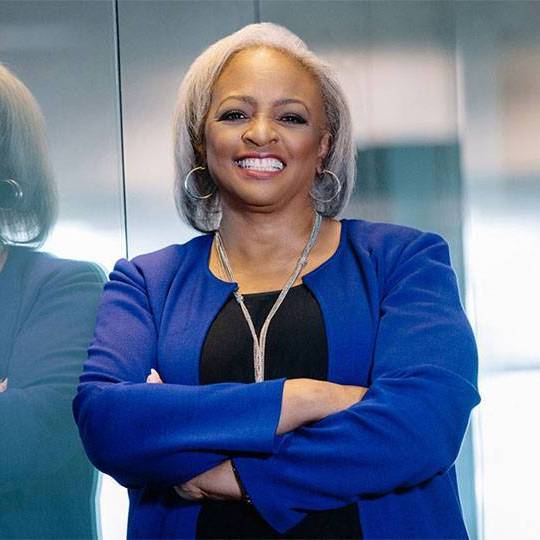In 1974, Dean Helen Lundstrom became the Inaugural Director of USU’s Women’s Center, which was established to serve the needs of non-traditional women students. The Women’s Center, dedicated by Betty Ford in 1974, became the foundation of programming at USU to support women in academia.
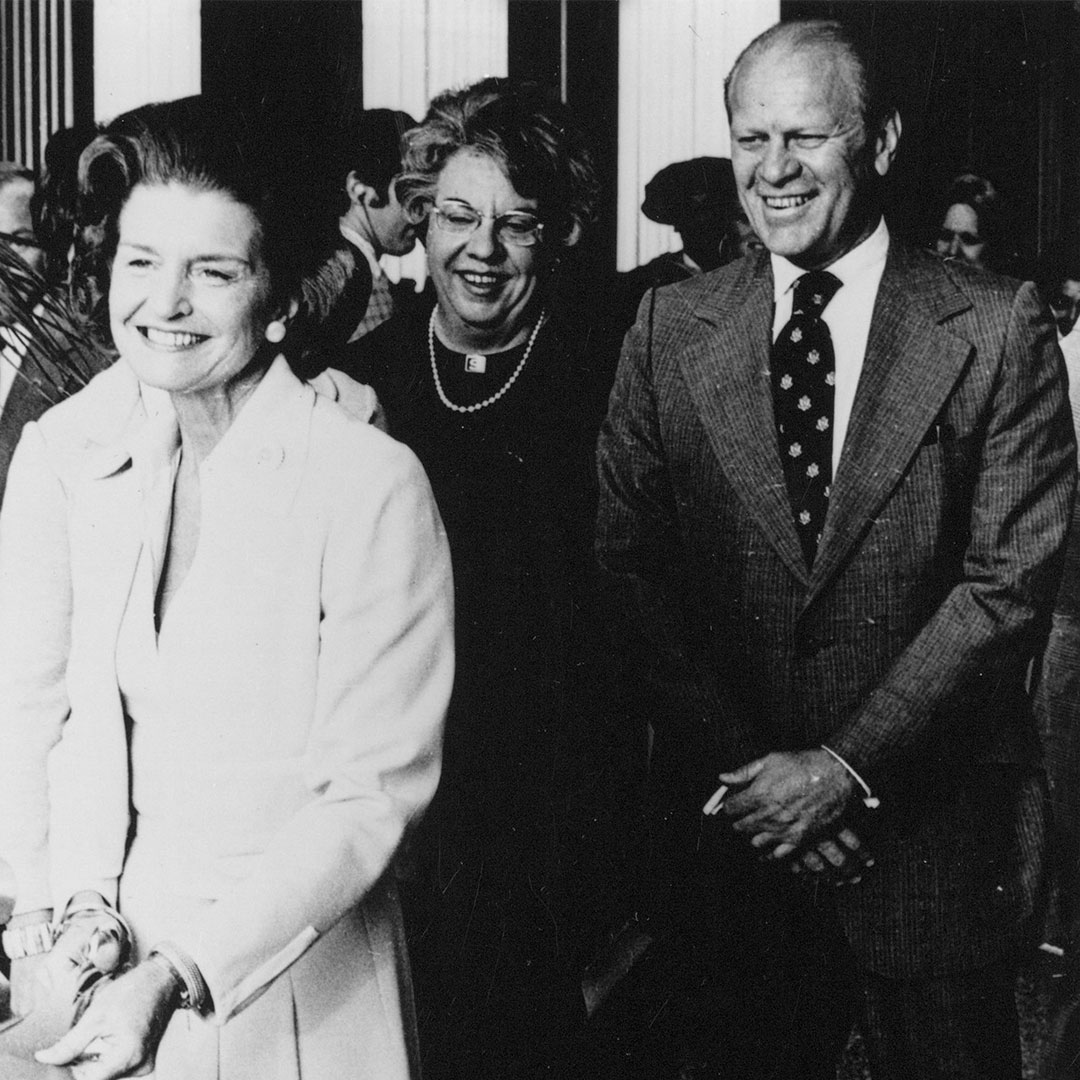

A year after the Women’s Center opened, the Women’s Studies program was founded, chaired by Lynne Goodhart in 1975 and Alison Thorne in 1976. Prior to this, Women’s Studies courses at USU were taught—without pay—by a team of dedicated faculty. In the first year of the program, nine courses were offered and 259 students enrolled.
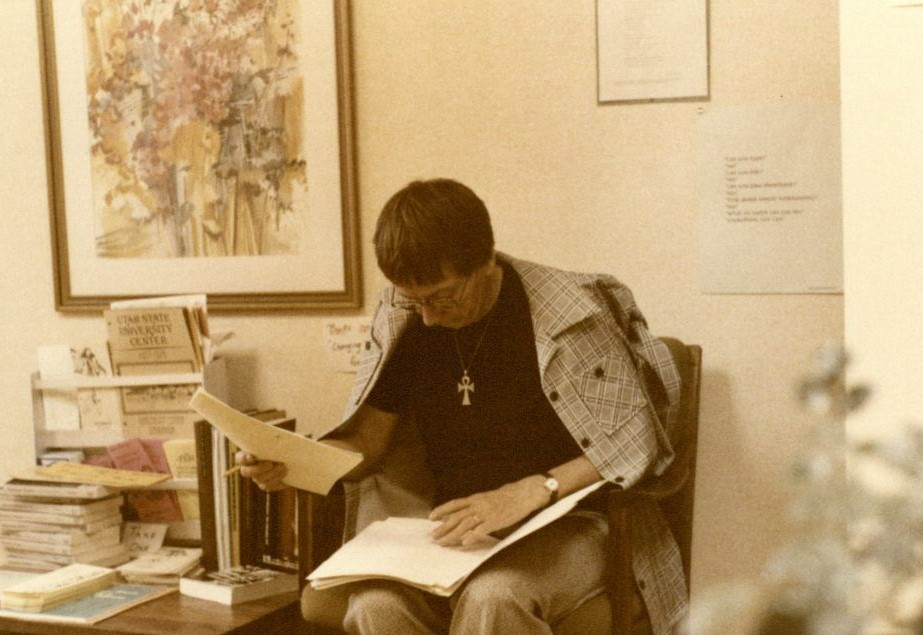
Throughout its history the Women’s Center was an advocate for the changing status of women and gender-based issues. I am proud to have been a part of building on the legacy of those who had gone before who addressed women and gender issues on campus and in society.
In 1984, the Women & Gender Research Institute (WGRI) was founded to encourage research on women and gender and to support the recruitment, retention and advancement of women researchers. Beginning with Carol Windham and ending with Julie Gast, WGRI worked to promote research about gender and to promote research and creative accomplishments by women at USU.
This move unified the efforts of many campus initiatives. Directors of the three programs met several times each quarter to coordinate efforts to support women faculty and women students, and to provide a cohesive program focused on gender issues at USU. Efforts included joint sponsoring of speakers, events, and a shared newsletter.
In the early aughts, leaders continued their efforts to grow and sustain the programs that support women and gender studies while also broadening that support to include more students and faculty. In 2001, the Women’s Leadership Institute was founded by Janet Osborne to promote leadership skills among USU’s women students.
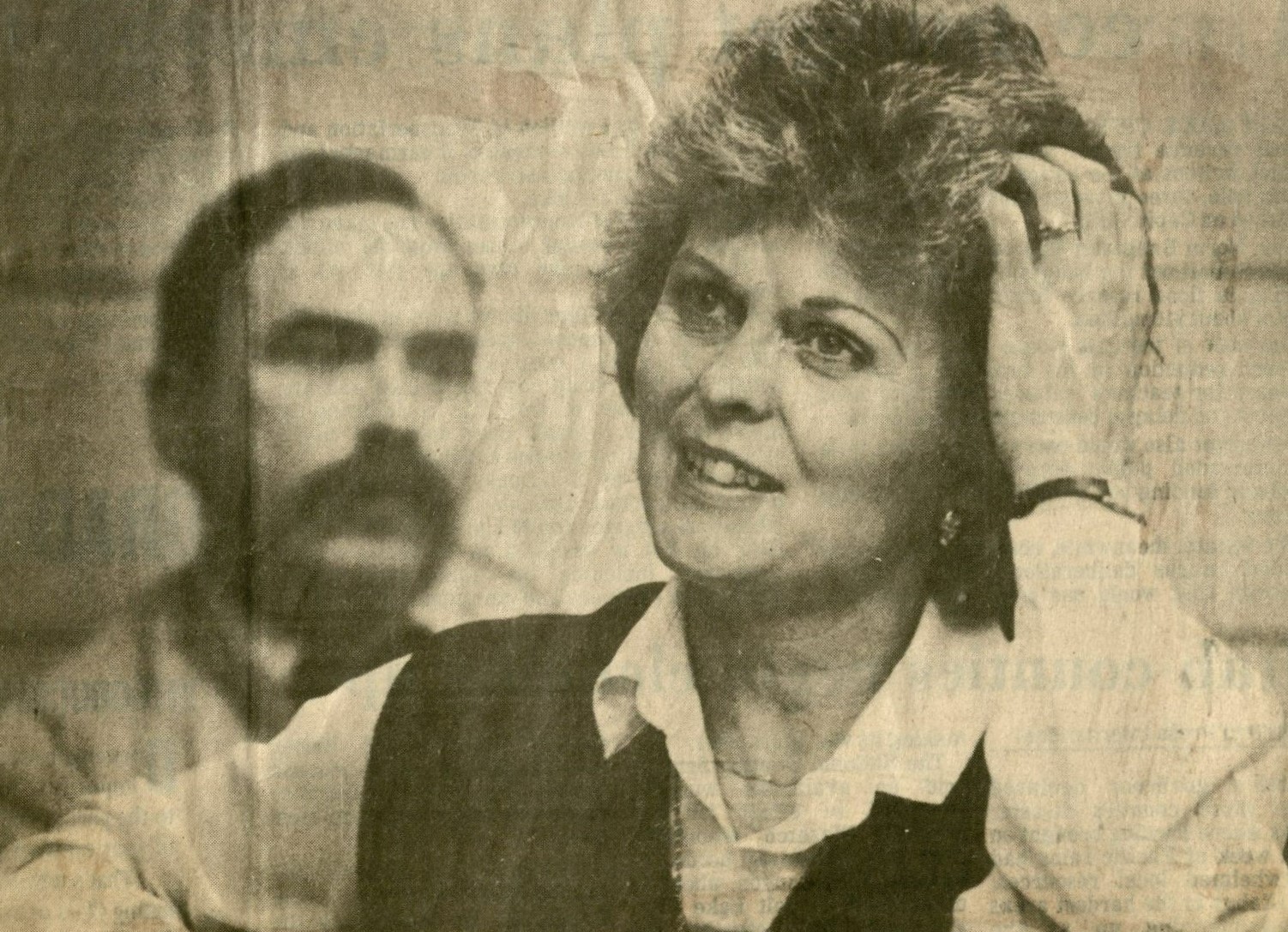
In 2003, LuAnn Helms and Elizabeth York served as Inaugural Directors of Allies on Campus and worked to make USU’s campus climate one where LGBTQA+ students, faculty and staff could feel safe, supported and welcome.
Understanding the need to improve recruitment, promotion and retention of women faculty in STEM fields, Ronda Callister and her team of co-PIs received a $3 million, five-year NSF ADVANCE grant to support women faculty in especially underrepresented fields within the Colleges of Agriculture, Engineering, Natural Resources and Sciences.
"I had never written any kind of grant in my career," says Ronda Callister, "because they are rare in business disciplines. But I had just received tenure and decided I could donate a summer of work to figuring out how to write a grant that focused on changing USU to improve its recruitment, retention and advancement of women faculty in STEM."
Another major milestone for women in leadership positions came in 2004 when the College of Education hired Carol Strong, the first woman to be appointed as a Dean since it opened in 1932. "I was determined to hire qualified, talented women to serve as department heads," Strong says. "By the time of my retirement in 2010, there were equal numbers of men and women serving in major leadership positions in the College."
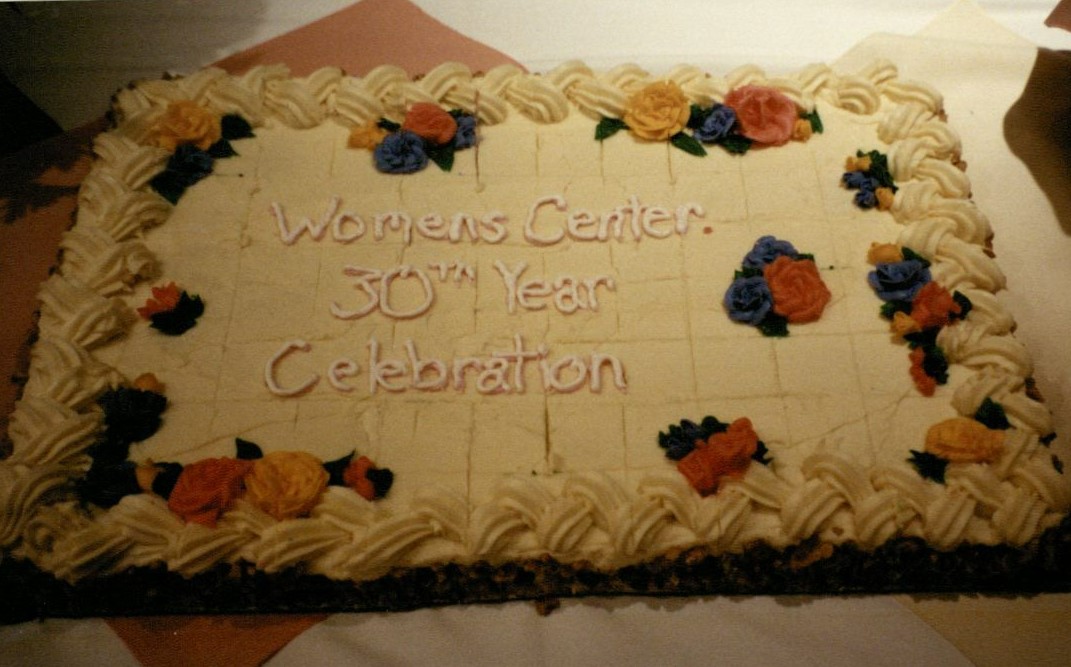
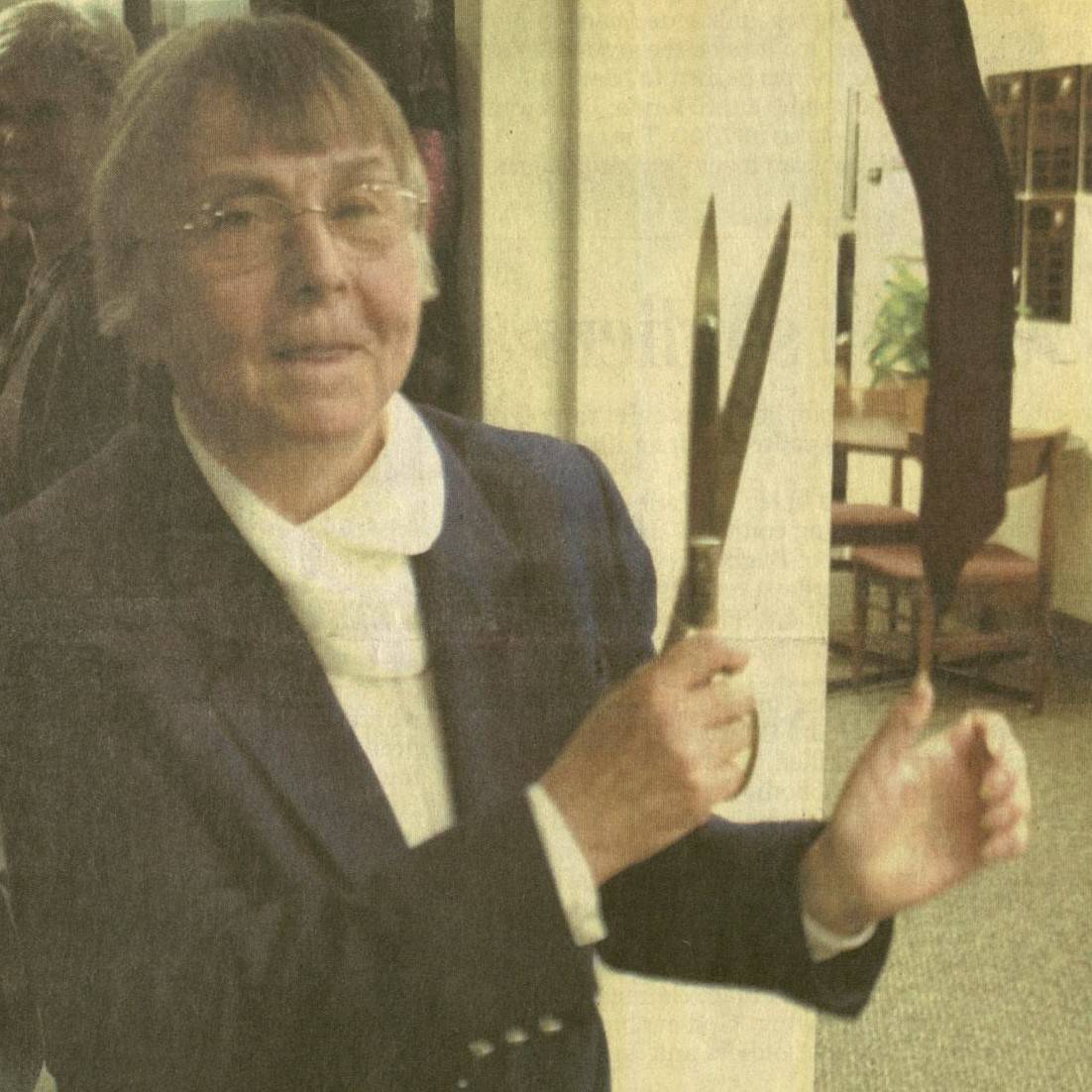
In 2010, the Center for Women & Gender, directed by Ann Austin, ultimately brought all of USU’s women and gender programs under a single director. Under Austin’s leadership, Michelle Hixson helped implement the Women’s Leadership Initiative, which continued USU’s focus on preparing women for leadership, including a brown-bag series that gave women professors the opportunity to share their research with the USU community, as well as networking events that connected students with women leaders across the state. The Center also brought several nationally recognized women leaders to campus each year, including Angela Davis, Feminista Jones, and Blair Imani.
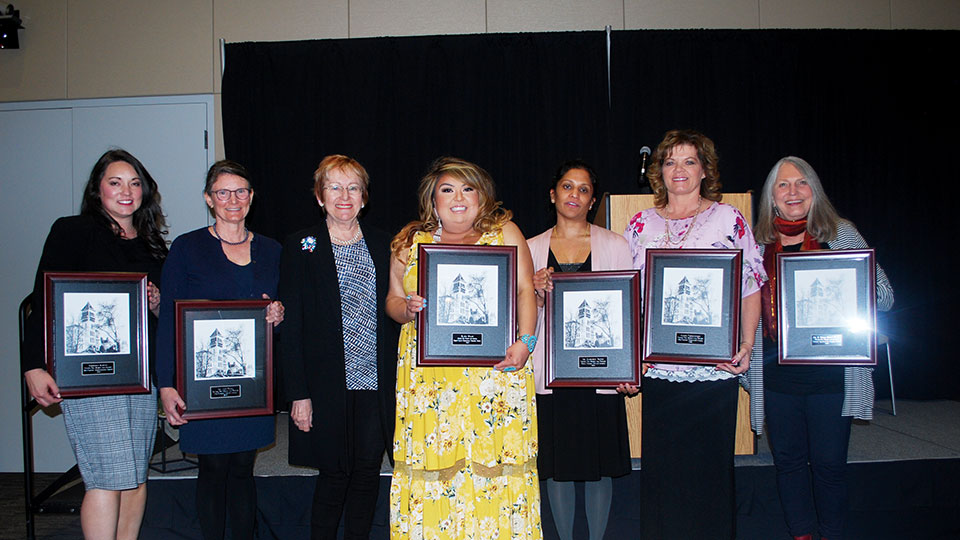
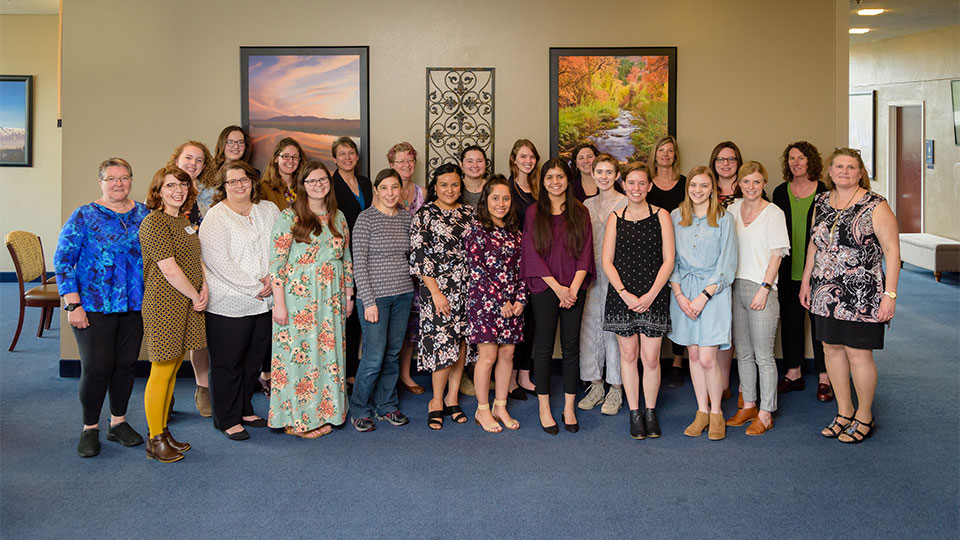

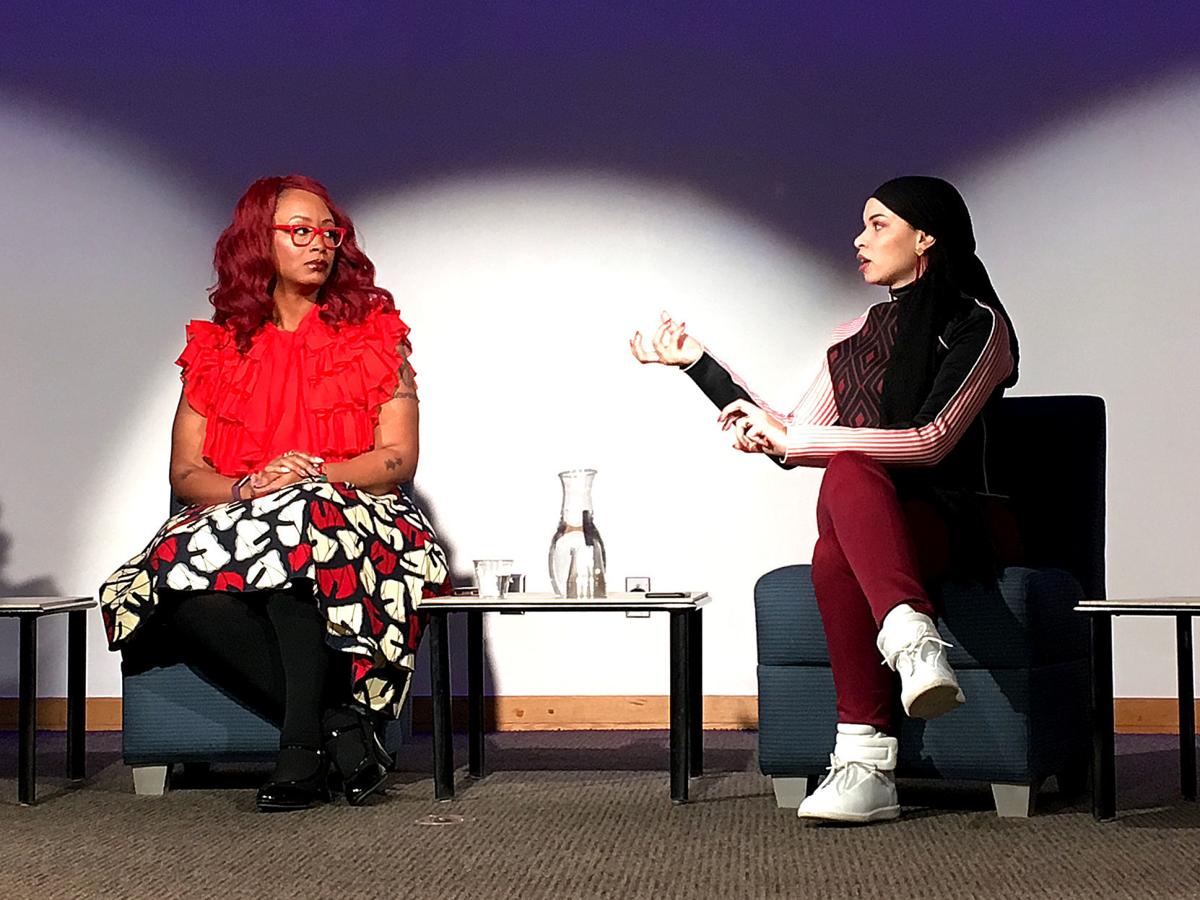
A significant development in gender programming came in 2019 when the Center for Women & Gender became the Center for Intersectional Gender Studies & Research (CIGSR). While CIGSR was moved into CHaSS and became the hub of academic programming, student engagement and services were moved into the Inclusion Center and led by Sarah Timmerman. With this change came an expansion of mission and a new focus on research, curriculum, and programming that explored the intersection of gender with other aspects of identity, including race, class, sexual orientation, religion, health, and other identity markers.
In the first year of this new configuration--with Christy Glass as Interim Director and Amber Caron as Program Coordinator--the Center co-sponsored over fifteen virtual events across the university, including the six-part Voting Rights Symposium, a discussion with Dr. Sarah Deer to mark the beginning of Women’s History Month, a film screening and panel discussion for Picture a Scientist, a Teach-In for Racial Justice, among other events. In collaboration with the USU libraries, CIGSR launched Intersections on Inclusion, an event series that explores questions about knowledge, research, teaching, and the academy through an intersectional lens. Also in this first year, they launched four new Research Clusters to provide opportunities for interdisciplinary community building and collaboration, welcomed the first group of Research and Teaching Fellows, and supported scholars through the Intersections Seed Grant, which was designed to help researchers who were disproportionately impacted by the Covid-19 pandemic. In 2021-2022, the Center will launch three new academic programs for students: Intersectional Gender Studies Minor, Sexuality Studies Minor, and an Inclusive Leadership Certificate.
